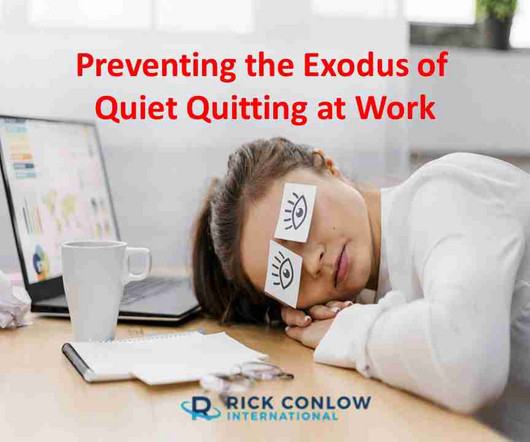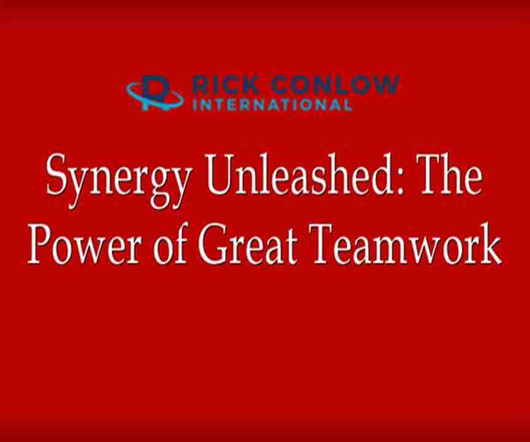How to Become a Better Mentor
Tom Spencer
JUNE 13, 2020
Mentorship can last for a few meetings or for many years. In order to build a support network, look for ways to help team members who are both more junior and more senior than you, and consider organizing virtual meetings or grabbing coffees to discuss issues outside of work. Recruiting is tough, regardless of profession or industry.












Let's personalize your content